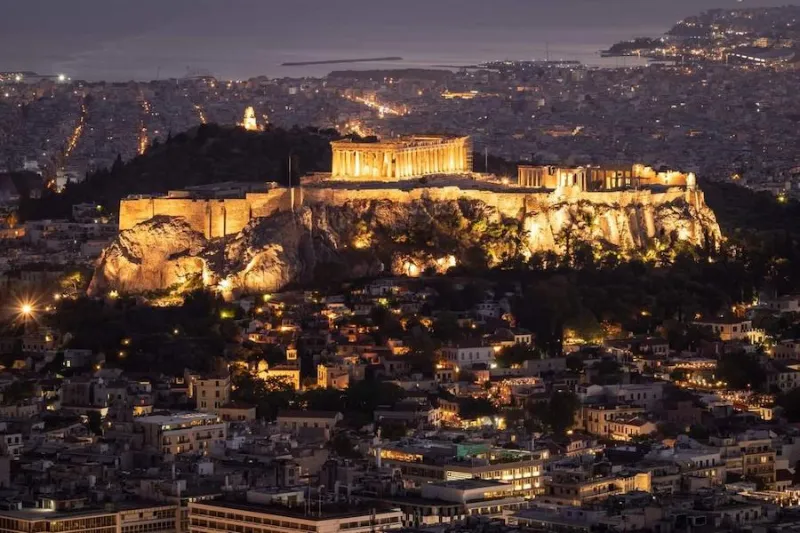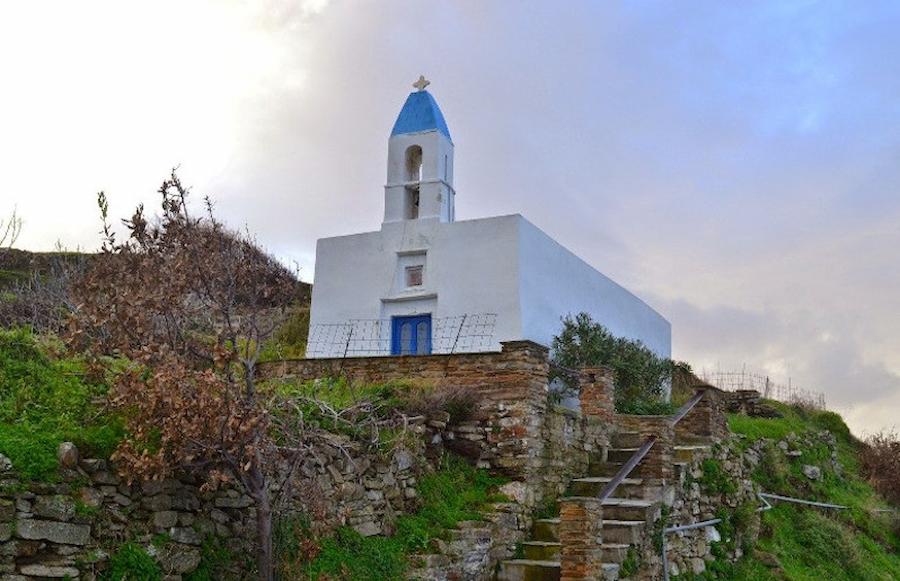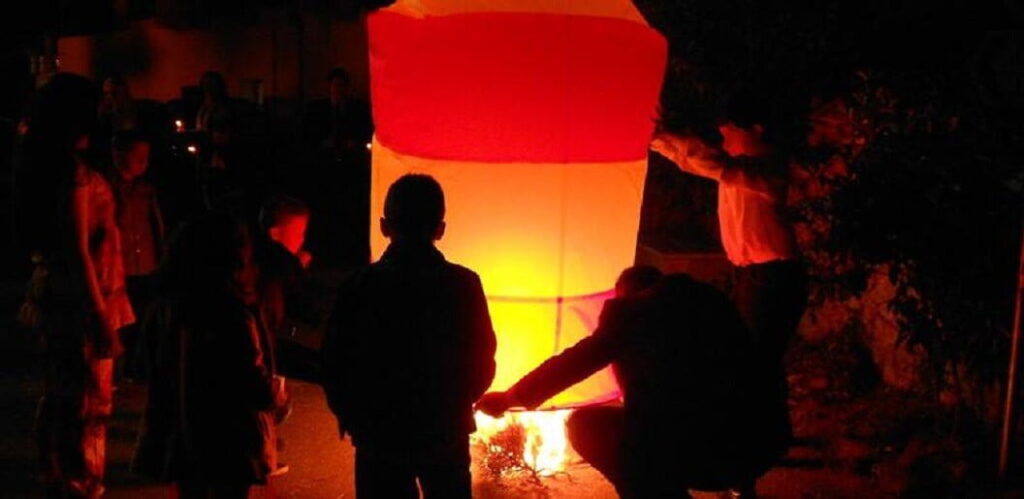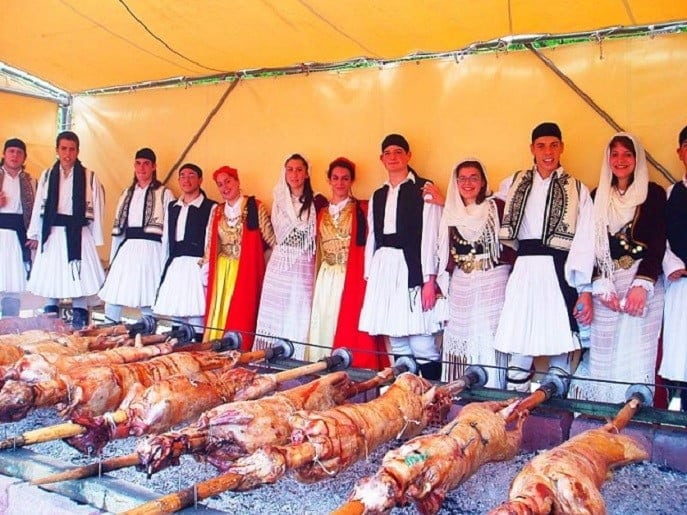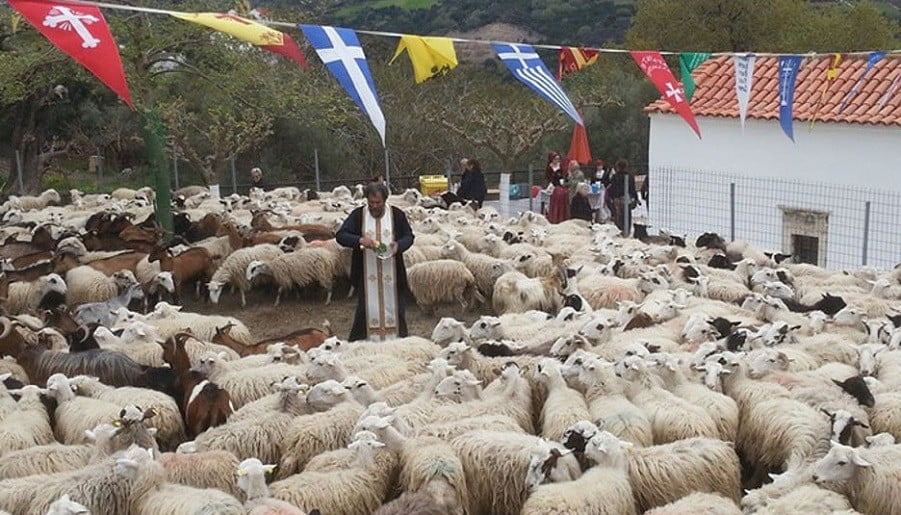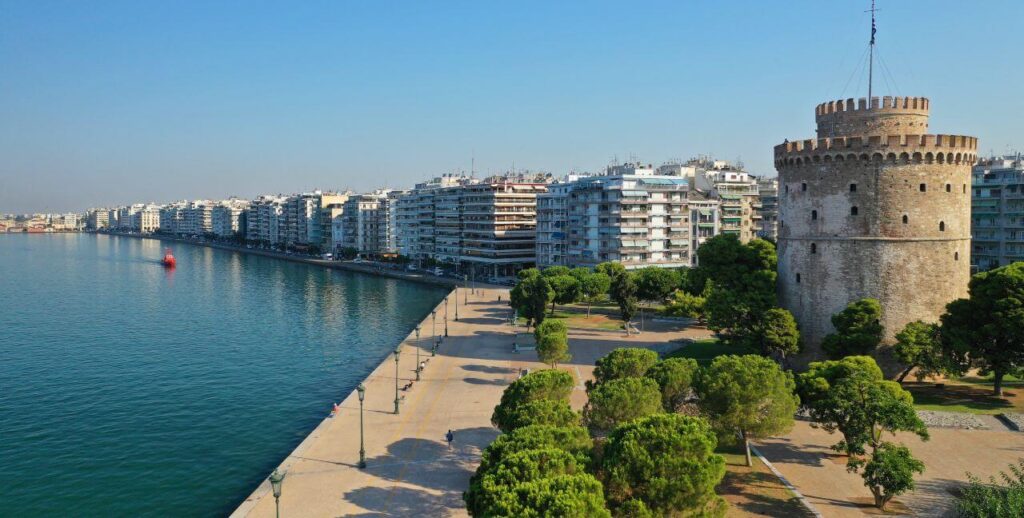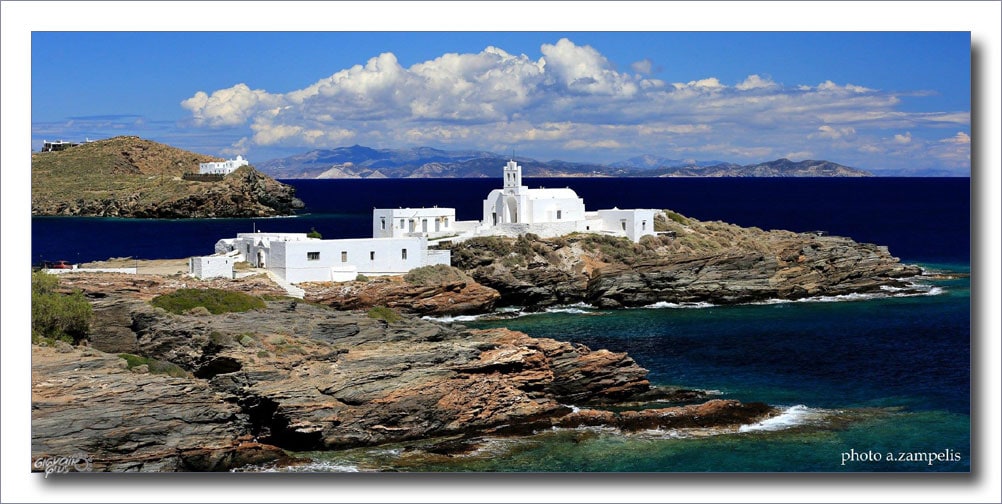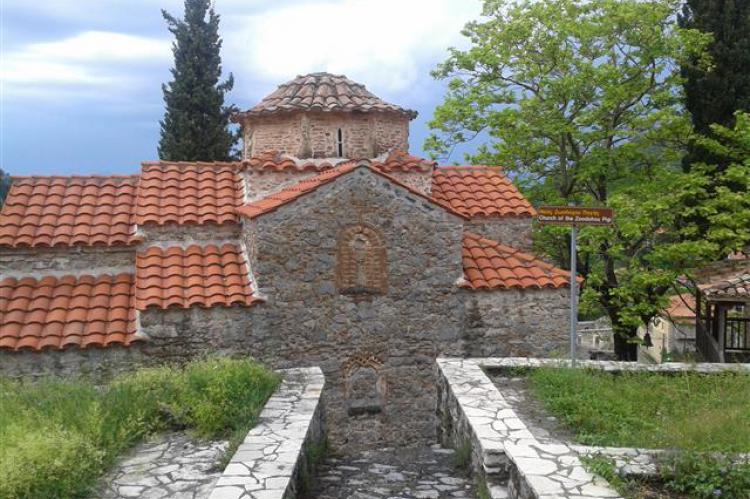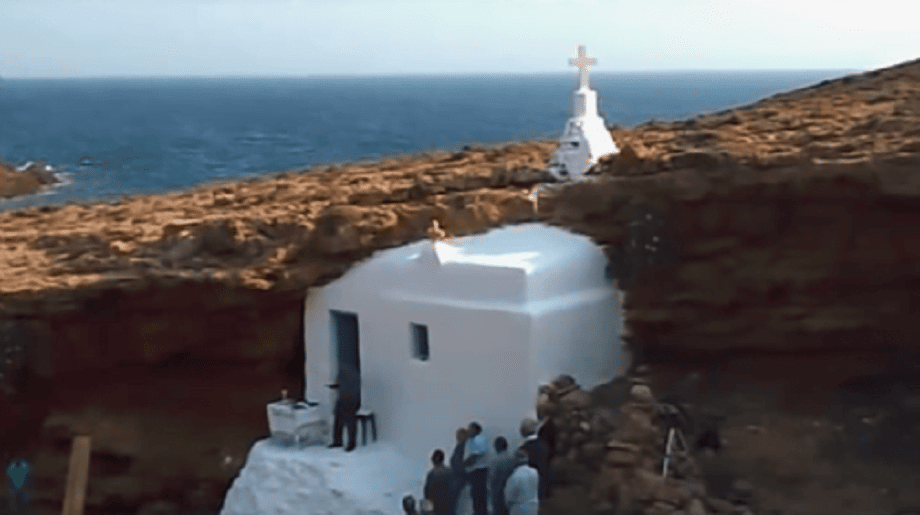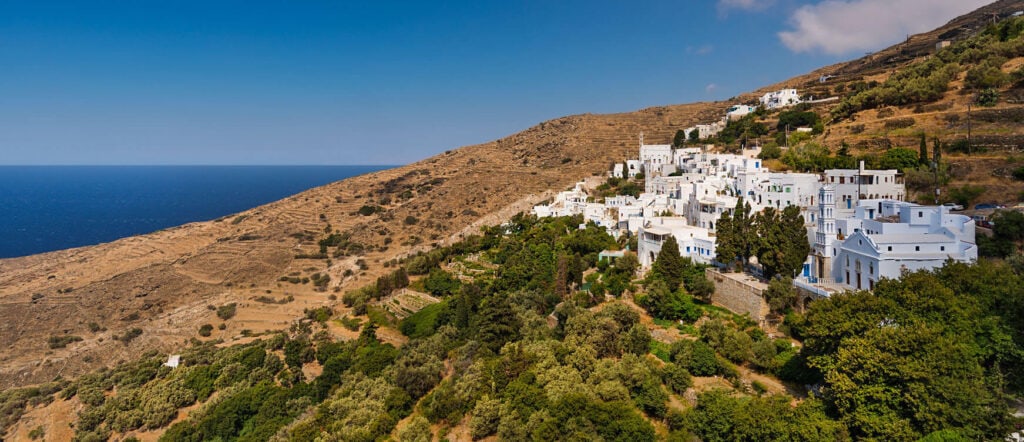The international travel & tourism industry on September 27, celebrated World Tourism Day 2022 (WTD) with events and messages of hope on tourism’s positive transformation for both people and planet.
With the theme of “Rethinking Tourism”, the International Day of observance this year focused on re-imagining the sector’s growth, both in terms of size and relevance.
Opening celebrations in WTD 2022 host country Indonesia, World Tourism Organization (UNWTO) Secretary-General Zurab Pololikashvili stressed the unique opportunity presented to tourism to pause, reflect and recalibrate.

“The restart of tourism everywhere brings hope… Tourism’s potential is now recognized more widely than ever. It’s up to us to deliver on this potential”, Pololikashvili said.
Greece sends its message
On the occasion of World Tourism Day, key Greek tourism figures sent out their messages, underlining the important focusing on Greece’s successful restart of tourism, new challenges that the industry is called to face, and – in line with the theme of WTD 2022 – the need to rethink and restart tourism to deliver a positive change for residents, visitors, and destinations.
Vassilis Kikilias, Tourism Minister

Highlighting that Greece this year is managing to surpass pre-pandemic levels in terms of tourism revenue, Greek Tourism Minister Vassilis Kikilias highlighted that the ministry continues to work to upgrade the Greek tourist product, promote new destinations and attract travelers all year round.
“With the season starting earlier than ever, the summer going great, and travel flows still particularly high in September, we are working with optimism even for the off-season period”, he said in his message for WTD 2022 in the Greek press.
In his message, the minister underlined that Greece’s success in 2022 was a result of a team effort and dedicated World Tourism Day to the industry’s tourism workers.
Thanking them, the minister said: “These people are the pillars of tourism and the image of our country abroad… World Tourism Day is dedicated to them not only this year but every year because, without them, there can be no tourism”.
Greek National Tourism Organization (GNTO)
The Greek National Tourism Organization’s president, Angela Gerekou, and secretary general, Dimitris Fragakis, agree that the time has come to “rethink tourism” in Greece.
In her message, Angela Gerekou says it’s time to “re-think”, “re-define” and “regenerate” tourism.

“We have realized that the future of tourism focuses on the visitor that seeks authentic nature and active local communities. We are essentially moving from destination marketing to management. Guided by the new destination management law for regions, we will adapt our communication strategy to the carrying capacity of each destination, in order to avoid over-tourism and introduce the term ‘Regenerative, Ethical and Smart Tourism” – a model based on the return to quality, satisfaction and benefits for all stakeholders with respect for the environment and the culture of the local communities”.
On his part, Dimitris Fragakis highlighted that the time has come for Greek tourism to face its weaknesses and become innovative and effective in the new challenges that have arrived.

“Transitioning to sustainability, emphasizing the digitization of services, investing in the authenticity of the tourist experience, and highlighting education and skills are big challenges for the future”, he said, adding that he is optimistic that – with cooperation of all involved – Greece will rise to the occasion.
Fragakis dedicated WTD 2022 to the sector’s workers who work hard towards guest satisfaction “especially this year when they outdid themselves due to staff shortages”.
Greek Tourism Confederation (SETE)

In his message, the president of the Greek Tourism Confederation (SETE), Yiannis Retsos, points out that this year’s tourism recovery highlighted challenges that concern both Greek and international tourism.
“This year’s World Tourism Day theme ‘Rethinking Tourism’ is so relevant now, more than ever”, he said, reminding us that SETE opened such a discussion in recent years for Greece and released the “Greek Tourism 2030 – Action Plans” study, highlighting the potential of the sector and the ways of future development in a constantly changing environment.
“The transition to sustainability, the circular economy, the Green Deal, the balanced development of destinations and regions in collaboration with local government, business viability, and its positive impact on the economy and society, are SETE’s main goals and reflect the ever-growing orientation of tourism, in a sustainable model of strategic development”, he said.
Hellenic Hoteliers Federation

The president of the Hellenic Hoteliers Federation, Grigoris Tasios, highlighted the fact that Greece’s hotel industry with unity and honorable effort managed to get out of the biggest crisis in the history of tourism.
“However today, we are faced with new major challenges. The energy crisis and inflationary pressures force us to change our perspective and turn to a more sustainable model, readjusting our strategic targeting for the tourism of the next day”.
Tasios highlights that redefining the Greek tourism product in terms of sustainability, quality, and activities based on the advantages of each destination, is a strategic priority.
“This requires planning, resources, and joining forces at all levels in order to achieve the transition to a new era for Greek tourism”, he said.
Greek Confederation of Tourist Accommodation Enterprises (SETKE)
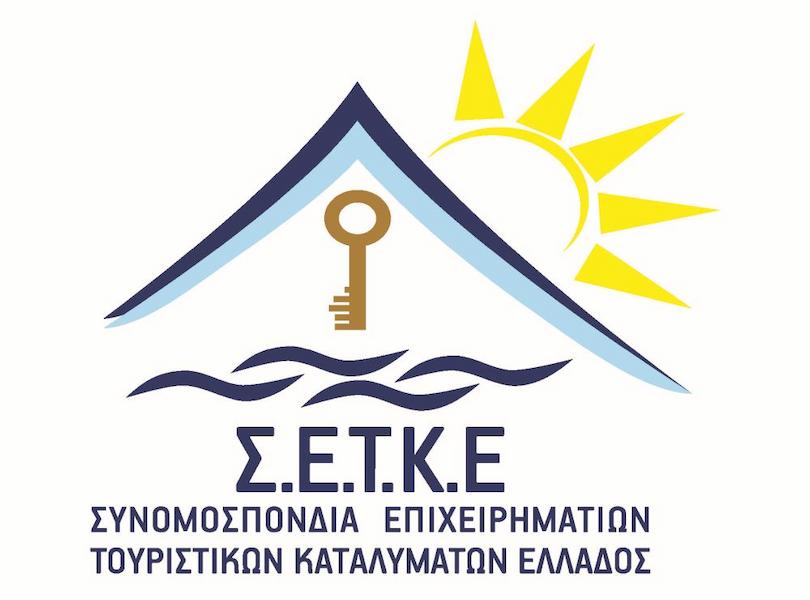
The Greek Confederation of Tourist Accommodation Enterprises (SETKE) stressed the need for Greece to redefine tourism following this year’s performance that exceeded expectations.
“This recovery should not be a cause for complacency, which is why it is necessary to have a long-term tourism development plan and not just for the upcoming tourist season”, the confederation said.
In its message, SETKE underlined that a new development plan must be based on increasing the quality of the Greek tourism product, emphasizing the upgrading of the services provided, the protection of the natural environment, and highlighting the cultural heritage of each destination that shaped its history.
“In order to achieve this goal, in addition to the contribution of entrepreneurs, the contribution of the state is also required, which is responsible for maintaining cleanliness in every city, village, and beach, as well as for the creation of modern infrastructure that will highlight the special characteristics of each area, will improve the standard of living of the residents and consequently the experience of the visitors”.
FedHATTA and HATTA

In a joint message for World Tourism Day 2022, the Federation of Hellenic Associations of Travel & Tourist Agencies (FedHATTA) and the Hellenic Association of Travel & Tourist Agencies (HATTA) referred to 2022 as a year of challenges and expect 2023 to be “an equally challenging year” where factors such as increased energy costs and inflation will put pressure on both businesses and consumers, shrinking profit margins for the former and disposable incomes for the latter.
“In addition, the competition is expected to peak, setting another condition on how the next season will play out”, FedHATTA and HATTA say.
“Today, more than ever, it is necessary to focus on more efficient solutions in tourism, which will be able to give the tools to tourism businesses to compensate for the losses they are going to face in the face of the energy crisis and inflation”.
Commemorated each year on September 27, World Tourism Day is held to pay tribute to the tourism industry, its professionals, and employees; foster awareness among the international community of its importance; and encourage people to travel.
By: Nikos Krinis
Source: gtp.gr

